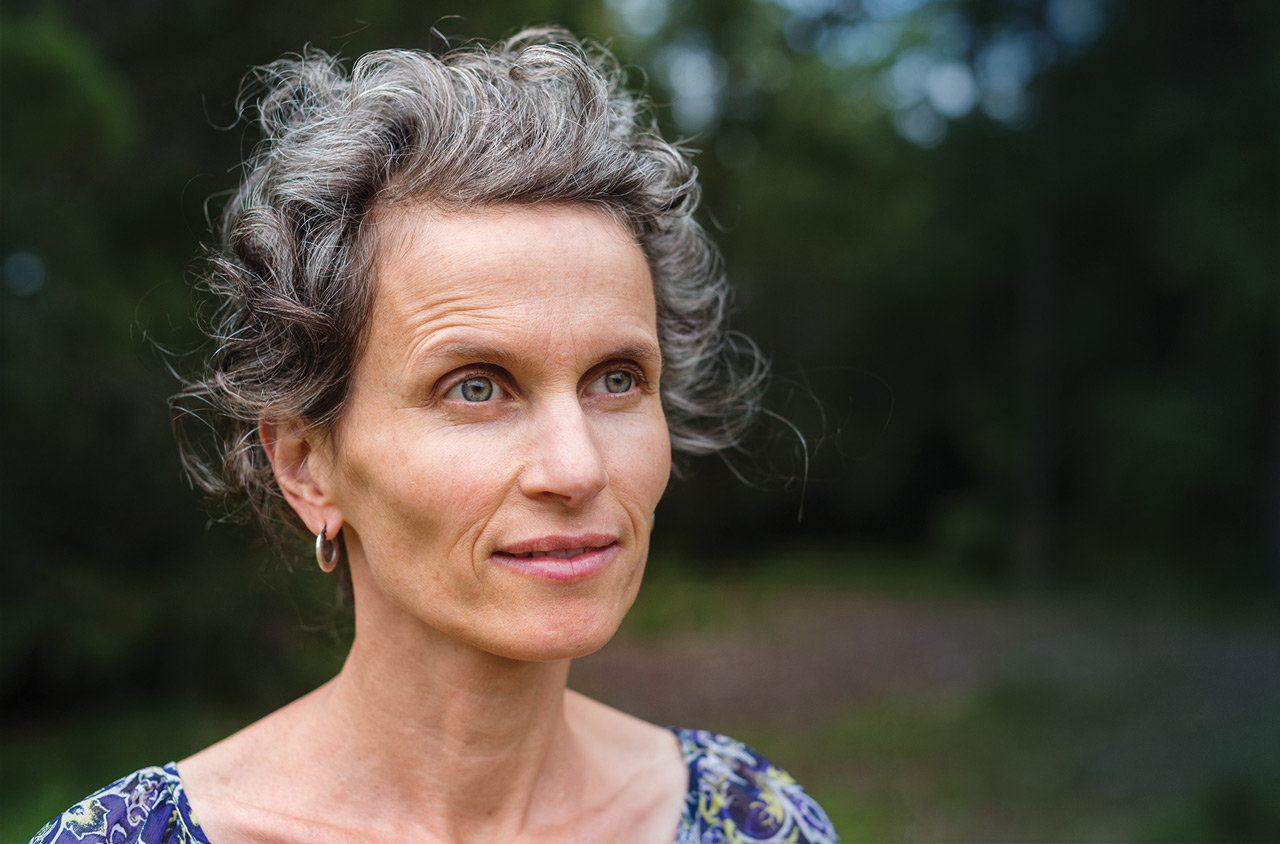Research shows that despite treatment, a sizable subset of patients with anorexia nervosa experience symptoms over a prolonged period, and approximately 20-25% develop a persistent course with limited to no recovery. In this form of chronic illness, often termed severe and enduring anorexia nervosa (SE-AN), patients typically show long-term impairments in physical, psychological, and social stability despite multiple treatment attempts, paired with diminished quality of life. While the definition of long term lacks firm consensus, some convergence in the literature estimates ongoing chronic illness for at least 7 to 10 years, depending on age of onset.
“As a group, we started to explore if there are other approaches that might be more appropriate for those with SE-AN,” says Robbi Alexander, PhD, APN, PMHCNS-BC, Director of Princeton Center for Eating Disorders. “Is there a model that values the patient’s lived experience of this disorder in a way that emphasizes their quality of life?”
A complicating factor for SE-AN is the experience of multiple treatment failures, placing patients with this condition at risk for demoralization, rejection of additional treatment experiences, and an internalized sense of failure.
“Part of understanding SE-AN is recognizing that the disorder is treatment resistant, not the patient,” explains Melinda Parisi Cummings, PhD, Assistant Professor in the Graduate Programs in Counseling Psychology at Holy Family University, former Director of Princeton Center for Eating Disorders, and collaborative partner on the SE-AN initiative. “For many patients, it’s more about terror than resistance, since the weight gain component to recovery involves embracing what they fear most.”
The evidence base for the treatment of SE-AN is very limited, and most of the literature is theoretical rather than empirical. Treatment recommendations include widening treatment goals to include improvement in quality of life and psychosocial functioning, taking a more collaborative therapeutic stance, and focusing less explicitly on weight gain and symptom reduction while maintaining clear safety parameters.
“By reframing our approach, we may be able to improve patient engagement and the likelihood that they will continue with treatment,” says Dr. Parisi Cummings. “It’s a delicate balance, but perhaps we can help these patients make meaningful changes in their lives—or retain them in treatment long enough that recovery may be a viable option—if we formulate and assess protocols focused more on medical stabilization, harm reduction, and quality of life.”“Patients with SE-AN present with complex clinical challenges that are distressing not only to them, but often to the providers who treat them,” adds Dr. Alexander. “Feedback from the wider outpatient treatment community is essential to an effective continuum of care for this population. By examining what we know and incorporating these real-life perspectives, we can set collaborative goals and best practices for SE-AN patients that ensure physical stability, function, safety, and meaningful quality of life.”
Princeton Center for Eating Disorders is seeking outpatient provider feedback on SE-AN via focus groups to help inform future treatment approaches. For more information or to participate, please call 609.853.7586.
Virtual Technologies Maintain ConnectionsUsing iPads supplied by Penn Medicine Princeton Medical Center and a HIPAA-secure videoconferencing platform called BlueJeans, team members at Princeton Center for Eating Disorders have maintained connections between patients and their families and loved ones throughout the pandemic. “The ability for our patients to have that missing visual connection with their loved ones has been critical, especially for our young patients,” says Assistant Nurse Manager Corinne Timberman, RN, BSN, PMHN-BC. “It fosters the hope to get better and the hope to get home.” “We’ve been able to conduct our weekly family therapy sessions virtually for both children and adults, and it’s incredibly helpful to do that via a video connection rather than over the phone,” adds Primary Therapist Arielle Cosgrove, LSW. “It has even allowed us to practice family meals with everyone in the family ‘present.’” |

